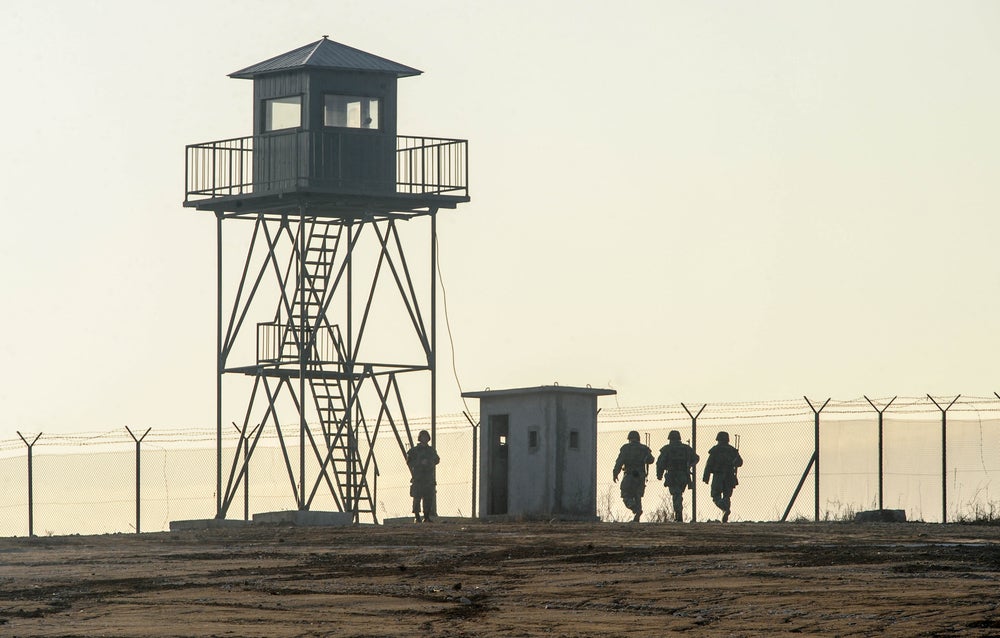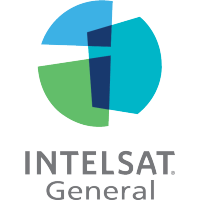
Securing a country’s borders is becoming more complex every day, and both national and international border control agencies need innovative solutions to meet the challenge.
Many of these agencies are looking to make the best possible use of technology. They require systems that integrate satellite communications (satcom) with advanced, reliable, and flexible technology applications, thereby ensuring critical data is shared in a timely manner and allowing for well-informed decisions and actions.
As a global leader in satcom, Intelsat’s secure end-to-end managed systems provide governments and inter-governmental bodies with the support they need to protect their borders, their citizens and their technology. The company’s FlexMove, FlexAir and FlexMaritime solutions enable high data-rate mobility for better border security management, whether on land, in the air or at sea.
Taking a closer at how these solutions support governments in the protection of national borders, Intelsat recently hosted a virtual event in partnership with Wide Conferences & Exhibits. Titled Connectivity Solutions for Governments and Border Security, the event welcomed speakers from national space agencies, as well as individuals at the forefront of satellite technology development.
In the event’s second panel discussion, representatives from four companies joined industry analyst Brad Grady to discuss border security and satcom. The panellists represented different technology companies from across Intelsat’s value chain, including SCOTTY Group, Digital Barriers, GRC, and Paradigm.
Grady opened the discussion by commenting on macro-level changes in the border security sector in the past ten years. Panellists then highlighted the movement of migrants in Europe and the use of video technologies to identify and record such events. Focus fell on the ability of live video surveillance to help agencies prevent illegal border crossing through integration with edge analytics and machine learning.
Referring to the latest advancements in technologies, and the time and budget constraints associated with designing products according to military specifications, panellists also identified the rising use of commercial-off-the-shelf (COTS) equipment as a key trend. The shift from serial to Internet Protocols (IP), and the more recent ongoing adoption of cloud services, were also discussed.
All speakers agreed that demonstrations were of vital importance to customers in the border security industry. The focus was on the technologies that customers were currently most interested in, and panellists shared their experiences of navigating the industry’s need for equipment demonstrations during the Covid-19 pandemic.
The vital role of encryption security for government agencies was another hot topic, with panellists highlighting the link between encryption and the move to cloud-based services, and the increasingly widespread acceptance of COTS-grade equipment.
Brady concluded the discussion by questioning what the border security industry of the future will look like. The increasing use of video, artificial intelligence, unmanned aerial vehicles, and smart glasses were all identified, as speakers gave their opinions on future technology trends. All panellists agreed that companies which offered complete, end-to-end services would continue to play an important role.
You can watch the event in full below.


